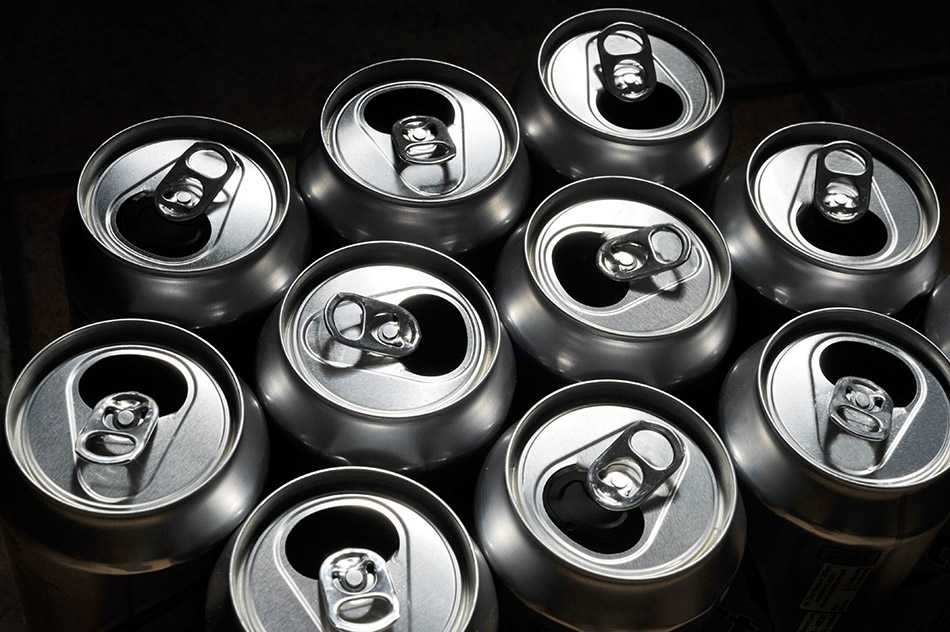
EverestLabs’s data suggests that 3.6 million tons of aluminum, PET, HDPE and PP are collected and sent to MRFs each year, but about 960,000 of those tons end up in the disposal stream. | Graham Corney/Shutterstock
Of the aluminum cans, PET, HDPE and PP that reach a MRF, 27% ends up still going to disposal, according to a recent report from Robotics supplier EverestLabs.
The Fremont, California-headquartered company collected sample data from customer MRFs over two years, using it to provide an estimate of yield loss at the MRF level in several key material streams. EverestLabs extrapolated the sample results from data collected off the “last-chance” lines of single-stream facilities.
The company’s figures report that 3.6 million tons of aluminum, PET, HDPE and PP are collected and sent to MRFs each year, but about 960,000 of those tons end up in the disposal stream. PET makes up 66% of that disposal volume, HDPE makes up 16%, PP is 14%, and aluminum cans make up 4%.
EverestLabs said equipment upgrades, particularly installing artificial intelligence-equipped robotic sorting systems, can help to “reduce missorting and increase recovery.”
That echoes a growing consensus among industry stakeholders that artificial intelligence can help generate data in an industry that is often lacking solid numbers for material generation and recovery.
The figures add to a growing volume of data on U.S. recycling capture rates. The Recycling Partnership early this year estimated how much material is lost at both the household and MRF levels, coming up with a figure that 21% of all recyclables are being successfully captured and processed nationwide. That report also estimated a 3% MRF loss rate across all material types.
The adoption of artificial intelligence in recycling facilities has enabled the industry to “collect accurate and consistent data about household recyclables that are ending up in landfills,” the company stated.